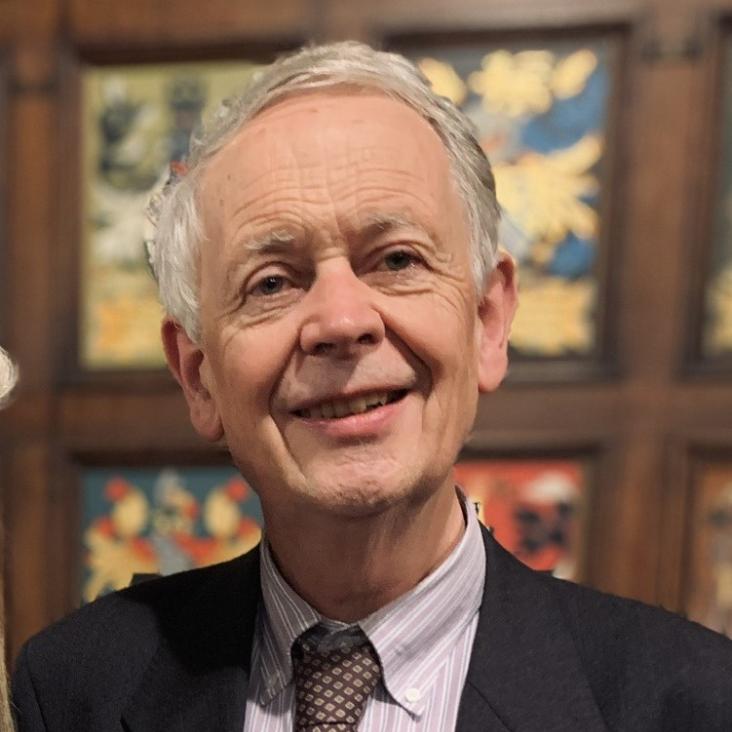The origin of the Gaia phase-plane spiral
Monthly Notices of the Royal Astronomical Society Oxford University Press (OUP) 481:2 (2018) 1501-1506
Action-based dynamical models of dwarf spheroidal galaxies: application to Fornax
Monthly Notices of the Royal Astronomical Society Oxford University Press (OUP) 480:1 (2018) 927-946
Models of rotating coronae
Monthly Notices of the Royal Astronomical Society Oxford University Press 481:3 (2018) 3370-3381
Abstract:
Fitting equilibrium dynamical models to observational data is an essential step in understanding the structure of the gaseous hot haloes that surround our own and other galaxies. However, the two main categories of models that are used in the literature are poorly suited for this task: (i) simple barotropic models are analytic and can therefore be adjusted to match the observations, but are clearly unrealistic because the rotational velocity vϕ(R, z) does not depend on the distance z from the galactic plane, while (ii) models obtained as a result of cosmological galaxy formation simulations are more realistic, but are impractical to fit to observations due to high computational cost. Here we bridge this gap by presenting a general method to construct axisymmetric baroclinic equilibrium models of rotating galactic coronae in arbitrary external potentials. We consider in particular a family of models whose equipressure surfaces in the (R, z) plane are ellipses of varying axis ratio. These models are defined by two one-dimensional functions, the axial ratio of pressure qaxis(z) and the value of the pressure Paxis(z) along the galaxy’s symmetry axis. These models can have a rotation speed vϕ(R, z) that realistically decreases as one moves away from the galactic plane, and can reproduce the angular momentum distribution found in cosmological simulations. The models are computationally cheap to construct and can thus be used in fitting algorithms. We provide a python code that given qaxis(z), Paxis(z), and Φ(R, z) returns ρ(R, z), T(R, z), P(R, z), vϕ(R, z). We show a few examples of these models using the Milky Way as a case study.Revisiting relaxation in globular clusters
Monthly Notices of the Royal Astronomical Society Oxford University Press 481:2 (2018) 2041-2061
Abstract:
The classical theory of cluster relaxation is unsatisfactory because it involves the Coulomb logarithm. The Balescu–Lenard (BL) equation provides a rigorous alternative that has no ill-defined parameter. Moreover, the BL equation, unlike classical theory, includes the cluster’s self-gravity. A heuristic argument is given that indicates that relaxation does not occur predominantly through two-particle scattering and is enhanced by self-gravity. The BL equation is adapted to a spherical system and used to estimate the flux through the action space of isochrone clusters with different velocity anisotropies. A range of fairly different secular behaviours is found depending on the fraction of radial orbits. Classical theory is also used to compute the corresponding classical fluxes. The BL and classical fluxes are very different because (a) the classical theory materially underestimates the impact of large-scale collectively amplified fluctuations and (b) only the leading terms in an infinite sum for the BL flux are computed. A complete theory of cluster relaxation likely requires that the sum in the BL equation be decomposed into a sum over a finite number of small wavenumbers complemented by an integral over large wavenumbers analogous to classical theory.Correlations between age, kinematics, and chemistry as seen by the RAVE survey
Monthly Notices of the Royal Astronomical Society Oxford University Press (OUP) 477:4 (2018) 5612-5624


